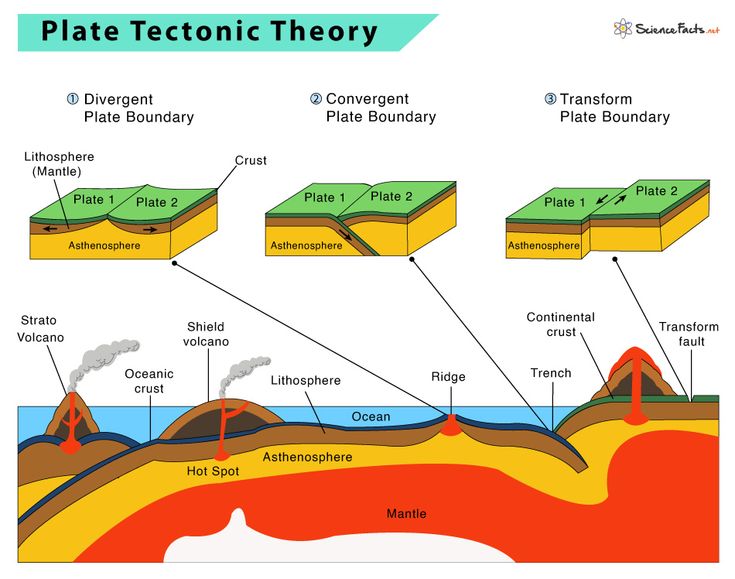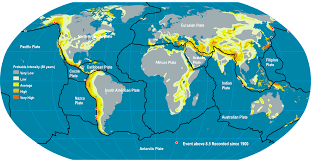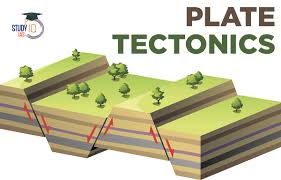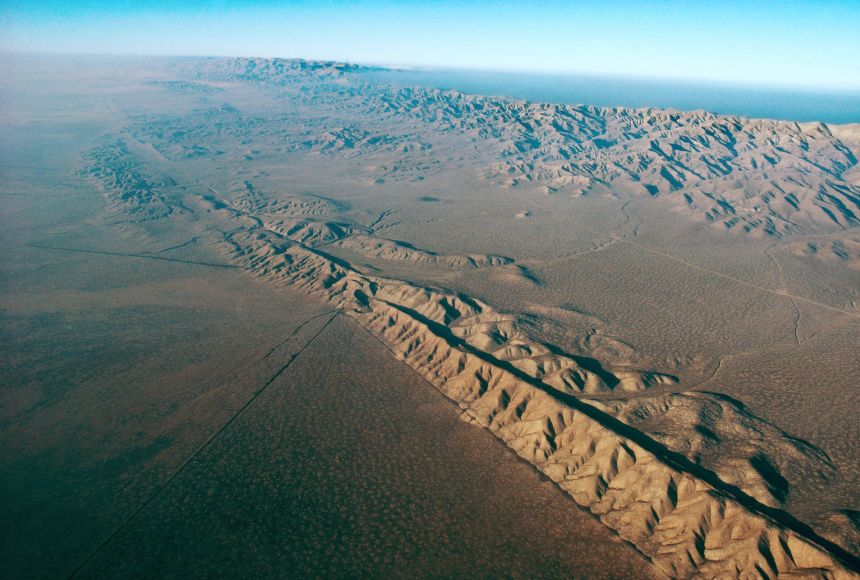Plate Tectonics and the Dynamic Forces Shaping Earth
Plate Tectonics Plate Tectonics1. Introduction to Plate Tectonics

Plate Tectonics is the scientific theory that explains how Earth’s outer shell is divided into large plates that glide across the planet’s mantle. This movement is responsible for the distribution of continents, the formation of mountains, and the occurrence of earthquakes and volcanoes. Without Plate Tectonics, the dynamic nature of Earth’s surface would remain a mystery.
Scientists now view Plate Tectonics as a unifying theory of geology. It connects ideas about seafloor spreading, continental drift, and mountain formation into one comprehensive framework. The ability to explain multiple natural phenomena makes Plate Tectonics one of the most important concepts in Earth science.
Understanding Plate Tectonics allows us to interpret both the distant past and the present. It provides insight into how continents formed, how ecosystems were shaped, and how future geological changes may occur over millions of years.
2. The Origins of Plate Tectonic Theory
The origins of Plate Tectonics can be traced back to observations of similar rock formations and fossils on continents separated by oceans. Early scientists noticed that the coastlines of South America and Africa fit together like puzzle pieces, suggesting they were once joined. This inspired theories about moving continents.
It was not until the mid-twentieth century, however, that the theory gained real traction. Advances in seafloor mapping revealed mid-ocean ridges and evidence of new crust forming, providing the missing mechanism for continental drift. These findings confirmed that the ocean floor itself was spreading apart.
With the discovery of paleomagnetic stripes on the ocean floor, scientists proved that Earth’s crust was constantly moving. This marked the formal birth of Plate Tectonics as a comprehensive explanation of Earth’s surface dynamics.
3. Continental Drift and Wegener’s Contribution
The concept of continental drift, introduced by Alfred Wegener in 1912, was a precursor to Plate Tectonics. Wegener proposed that continents had once formed a single landmass called Pangaea, which later broke apart. His hypothesis was bold and controversial for its time.
Wegener supported his theory with evidence from fossil distribution, rock similarities, and climate patterns. For example, fossils of identical plants and reptiles were found on continents now separated by vast oceans. This strongly suggested that the continents were once united.
Although Wegener lacked a mechanism to explain how continents moved, his ideas laid the foundation for the development of Plate Tectonics. Today, he is remembered as a pioneer who changed the way we view Earth’s structure.
4. Structure of Earth’s Interior and Its Role
The movement described by Plate Tectonics depends on Earth’s internal structure. The crust and uppermost mantle form the lithosphere, which is broken into tectonic plates. Beneath this lies the asthenosphere, a semi-fluid layer that allows plates to glide.
Convection currents in the mantle drive the plates’ movements. Heat from Earth’s core generates these currents, creating zones of rising and sinking material that push and pull the lithosphere above. This dynamic interior is the engine of Plate Tectonics.
By understanding Earth’s layered structure, scientists can explain how surface features such as ridges, trenches, and mountain ranges are created through plate interactions.
5. Types of Tectonic Plates

Plate Tectonics divides Earth’s crust into two main types of plates: oceanic and continental. Oceanic plates are thinner, denser, and primarily made of basalt. Continental plates are thicker, less dense, and composed largely of granite.
The interaction between these plate types is critical in shaping Earth’s surface. When oceanic plates collide with continental plates, subduction zones form, leading to earthquakes and volcanic arcs. When continental plates collide, vast mountain ranges are created.
These differences highlight why Plate Tectonics is so versatile. It explains a wide variety of geological processes based on the unique properties of each plate type.
6. Divergent Boundaries and New Crust Formation
One of the most dramatic processes of Plate Tectonics occurs at divergent boundaries. Here, plates move apart, and magma rises to create new crust. Mid-ocean ridges, such as the Mid-Atlantic Ridge, are prime examples of this activity.
At these ridges, the seafloor spreads gradually, pushing continents farther apart. This process explains why the Atlantic Ocean continues to widen each year. The new crust formed here eventually cools and becomes part of the moving plates.
Divergent boundaries are essential to Plate Tectonics because they recycle material from Earth’s mantle into new lithosphere, keeping the planet’s surface dynamic and evolving.
7. Convergent Boundaries and Collisions
Convergent boundaries are equally vital in Plate Tectonics. At these boundaries, plates collide, leading to subduction or continental collision. The outcomes are some of the most dramatic features on Earth’s surface.
When an oceanic plate collides with a continental plate, it is forced beneath in a subduction zone. This creates deep ocean trenches and volcanic arcs. On the other hand, when two continental plates collide, massive mountain ranges such as the Himalayas are formed.
These processes demonstrate the immense power of Plate Tectonics to reshape landscapes over millions of years through constant collision and compression.
8. Transform Boundaries and Earthquakes
Transform boundaries are another important feature explained by Plate Tectonics. At these sites, plates slide horizontally past each other rather than colliding or spreading apart. This movement generates significant stress along faults.
The San Andreas Fault in California is a well-known example of a transform boundary. The grinding of the Pacific and North American plates has caused many destructive earthquakes in the region.
Transform boundaries show that Tectonics Plate does not only build mountains or oceans but also directly influences seismic hazards affecting human societies.
9. Subduction Zones and Recycling of Crust
Tectonics Plate describes subduction zones as areas where oceanic plates sink beneath continental plates into the mantle. This process recycles Earth’s crust and drives volcanic activity.
The Mariana Trench is the deepest subduction zone known, created where the Pacific plate plunges beneath the Philippine plate. Subduction zones are responsible for some of the strongest earthquakes and tsunamis recorded in history.
Through subduction, Tectonics Plate maintains a balance between the creation of new crust at divergent boundaries and its destruction at convergent zones.
10. Evidence Supporting Plate Tectonics

The theory of Plate Tectonics is supported by multiple lines of evidence. Fossil distribution across continents demonstrates that landmasses were once connected. Similar rock formations and mountain ranges found on different continents reinforce this idea.
Magnetic striping on the ocean floor provides additional proof. These symmetrical patterns reflect Earth’s magnetic field reversals, showing that new crust is continuously created and pushed apart.
Satellite data today confirms plate motion with precise measurements. Together, these forms of evidence make Tectonics Plate one of the most robust theories in modern science.

